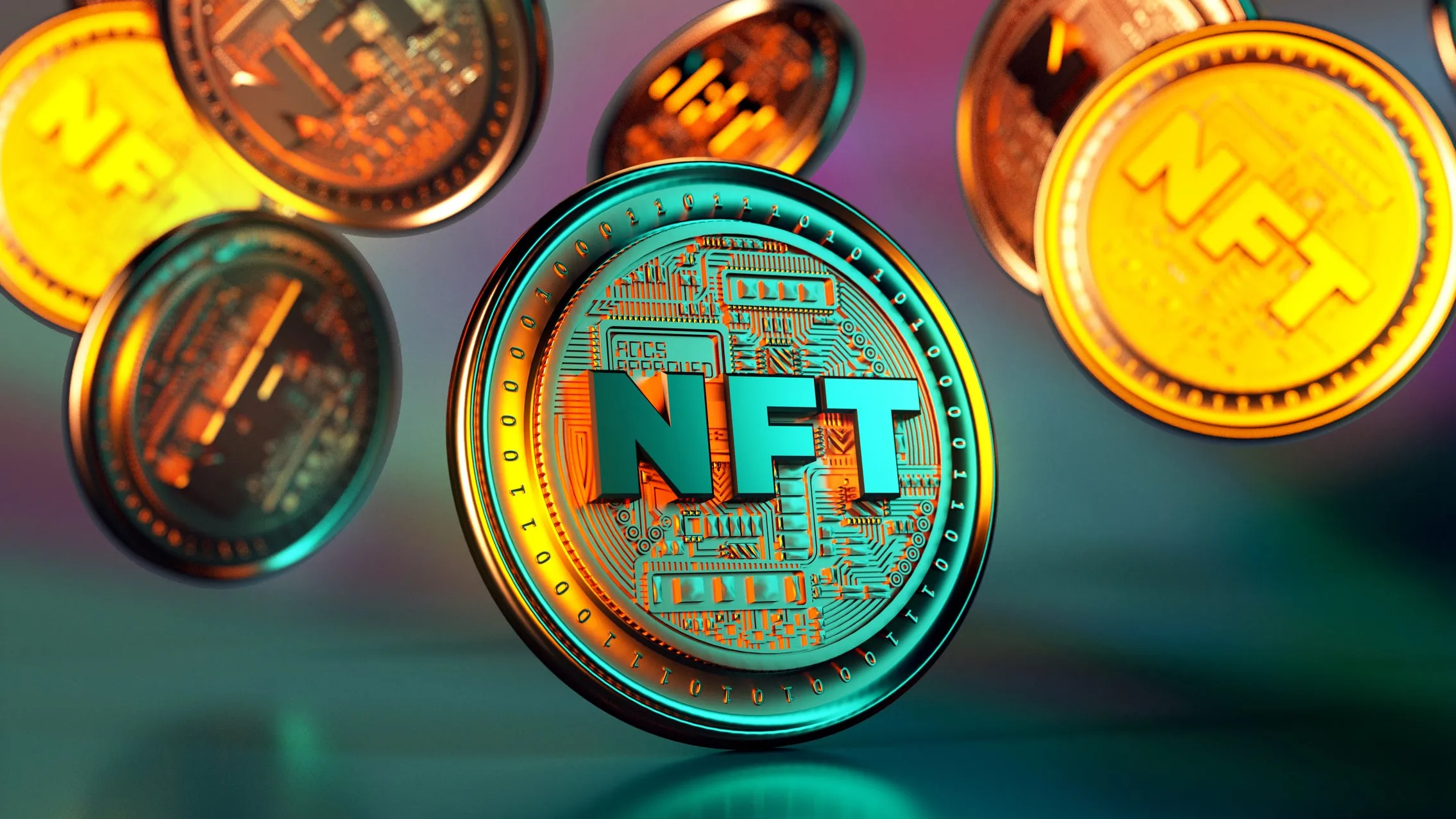NFT, short for Non-Fungible Token, is a digital asset that represents ownership of a unique item or piece of content, such as artwork, music, videos, or even tweets. Unlike cryptocurrencies like Bitcoin or Ethereum, NFTs are non-fungible, meaning they cannot be exchanged one-to-one because each NFT has a distinct value. Think of NFTs as digital collectibles verified and tracked using blockchain technology.
Why Are NFTs Popular?
NFTs have gained massive popularity as they offer new income opportunities for creators and promise high resale potential. Artists, musicians, and influencers are leveraging NFTs to monetize their work in creative ways, while collectors are drawn to their uniqueness and the authenticity provided by blockchain systems.
Understanding the NFT Ecosystem
Blockchain Technology and NFTs
Blockchain serves as the foundation of NFTs. It’s a decentralized ledger that records transactions securely and transparently. Ethereum is the most commonly used blockchain for NFTs because of its strong smart contract capabilities.
Smart Contracts
Smart contracts are self-executing codes embedded with the terms of an agreement. These contracts facilitate NFT processes, such as ownership transfers and automatic royalty payments. For example, an artist can program a smart contract to ensure they receive a percentage of every resale.
Popular NFT Marketplaces
Marketplaces are essential for trading NFTs. Notable platforms include:
- OpenSea: One of the largest and most diverse NFT marketplaces.
- Rarible: Offers user governance via its native token.
- Foundation: Focused on high-quality, curated digital art.
Preparation for NFT Creation
Choosing the Right Blockchain
Select a blockchain based on your needs:
- Ethereum: Popular but comes with high gas fees.
- Polygon: A cost-efficient, eco-friendly alternative.
- Solana: Known for its speed and low transaction fees.
Setting Up a Digital Wallet
A digital wallet is crucial for storing NFTs and cryptocurrency. Recommended wallets include:
- MetaMask: Easy-to-use and widely supported.
- Trust Wallet: A versatile option for mobile users.
Secure your wallet with a strong password and back up your seed phrase.
Acquiring Cryptocurrency
Most platforms require cryptocurrency for minting fees. Purchase Ethereum (ETH) or another supported currency via trusted exchanges like Coinbase, Binance, or Kraken.
Designing Your NFT
Choosing the Right Medium
NFTs can include:
- Digital art
- Audio clips or music
- Videos or animations
- Virtual real estate
Pick a medium that aligns with your skills and interests.
Tools for NFT Creation
Use appropriate tools for your chosen medium:
- For Art: Adobe Photoshop, Procreate, Canva.
- For Music: GarageBand, FL Studio, Logic Pro.
- For 3D Models: Blender, Cinema 4D.
Creating a Unique Asset
The value of an NFT lies in its originality and story. Think about what makes your creation unique and appealing to potential buyers.
Minting Your NFT
What is Minting?
Minting refers to the process of registering your digital file as an NFT on the blockchain. This involves uploading the file to a marketplace and linking it to a smart contract.
Steps to Mint Your NFT
- Select a marketplace (e.g., OpenSea, Rarible).
- Connect your digital wallet.
- Upload your file and include metadata (e.g., title, description).
- Define royalty percentages for future resales.
- Pay the minting fee and confirm the transaction.
Minting Costs
Minting fees, also called gas fees, vary depending on the blockchain. While Ethereum fees can be high during busy times, blockchains like Polygon and Tezos offer more affordable alternatives.
Selling Your NFT
Listing Your NFT
To sell your NFT, you’ll need to list it on a marketplace. Here’s how:
- Connect Your Wallet: Ensure your wallet is linked to the platform.
- Upload Your NFT: Select the NFT from your wallet to list.
- Set Sale Type: Choose between a fixed price or auction.
- Add Details: Write an engaging title, detailed description, and use relevant tags.
- Finalize: Confirm and publish your listing.
Marketing Strategies
- Social Media: Promote your NFT on platforms like Twitter, Instagram, and TikTok.
- NFT Communities: Engage in forums, Discord channels, and Telegram groups.
- Collaborations: Partner with influencers or fellow creators to expand reach.
- Leverage Your Network: Share your work with friends, family, and existing followers.
Pricing Your NFT
To determine the right price, consider:
- The uniqueness of your NFT.
- Demand for similar items.
- Current market trends.
Experiment with pricing strategies to find the sweet spot.
Legal and Ethical Considerations
Intellectual Property Rights
Ensure you own the rights to the content you tokenize. Avoid using copyrighted material without permission, and clarify licensing terms for buyers.
Environmental Impact
Some blockchains, like Ethereum, consume significant energy. Mitigate this by:
- Using eco-friendly blockchains like Tezos or Polygon.
- Participating in carbon-offset initiatives.
Tips for NFT Success
Build a Community
Engage your audience by:
- Hosting live sessions.
- Sharing behind-the-scenes insights.
- Offering exclusive perks to loyal followers.
Stay Updated with Trends
Follow emerging NFT trends, such as utility-based tokens, gamification, and generative art.
Collaborate with Creators
Partner with others to create unique NFTs that appeal to broader audiences.
Conclusion
Creating an NFT combines creativity, technology, and business skills. By understanding the ecosystem, preparing effectively, and marketing strategically, you can succeed in this digital space. While challenges like legal issues and environmental concerns exist, they are manageable with thoughtful planning. Explore your creativity and take the plunge—your next NFT might become a hit!




